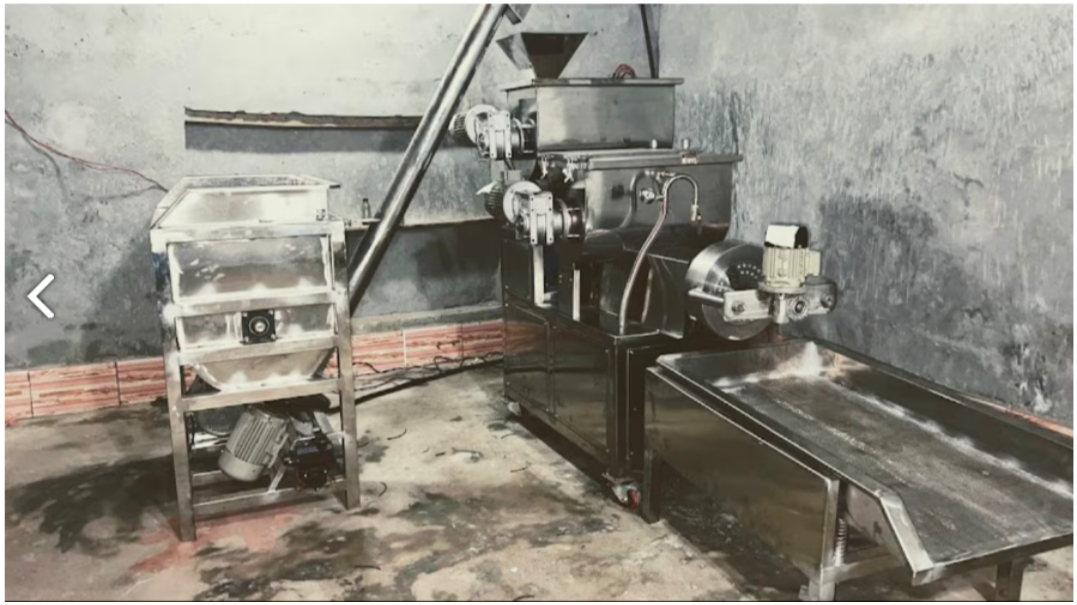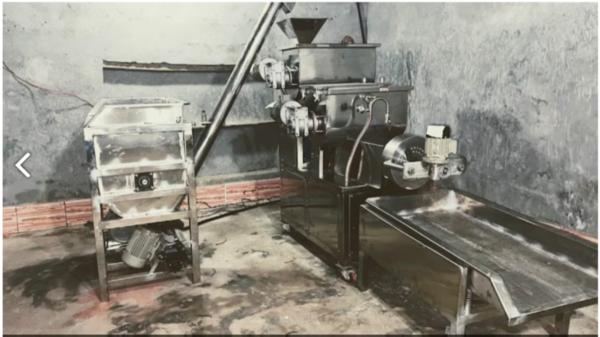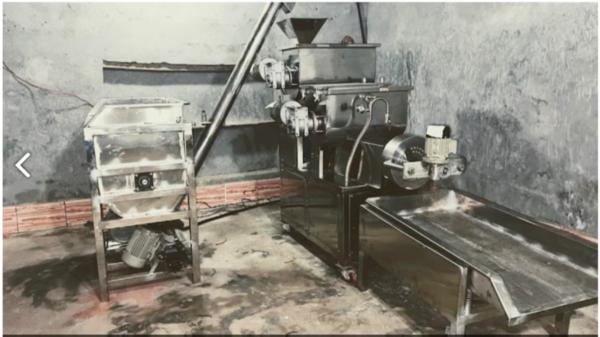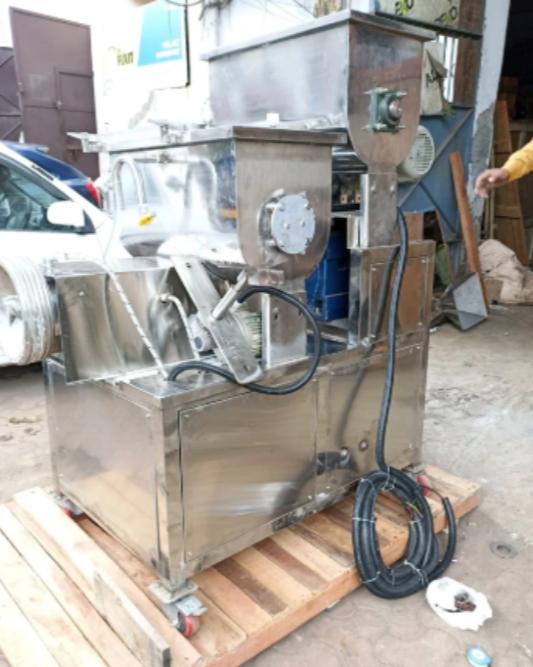
Different pasta production requirements call for different types of machines. Here are the main categories:
A. Manual Pasta Machines
Best for home kitchens and small cafes.
Operated by a hand crank.
Typically used for rolling and cutting lasagna sheets, tagliatelle, and fettuccine.
Affordable but time-consuming.
B. Semi-Automatic Pasta Machines
Designed for small to medium production.
Dough mixing may be manual or machine-assisted.
Shapes are produced using an extrusion die.
Good choice for small businesses starting pasta production.
C. Fully Automatic Pasta Machines
Suitable for commercial and industrial production.
Includes mixing, kneading, extrusion, cutting, drying, and sometimes packaging.
Can produce 50–500 kg/hour or more.
Requires less manpower and offers high efficiency.
D. Pasta Extruder Machines
Specifically used for extrusion-based pasta shapes like macaroni, penne, fusilli.
Can be standalone or part of a larger production line.
E. Sheeter & Cutter Machines
Used for sheet-based pasta like lasagna, ravioli, and fettuccine.
Dough sheets are rolled out to desired thickness and cut using attachments.
4. Key Components of a Pasta Machine
A good pasta machine consists of several parts that work together to ensure smooth production:
Mixing Chamber: Where flour, water, and other ingredients are mixed.
Kneading System: Ensures dough reaches proper elasticity.
Extruder or Roller: Shapes the dough into pasta.
Die/Nozzle: Determines the final shape (spaghetti, penne, fusilli, etc.).
Cutting Blade: Cuts pasta to desired length.
Drying System (Optional): Industrial machines include dryers to remove moisture and increase shelf life.
Control Panel: For adjusting speed, temperature, and production parameters.



